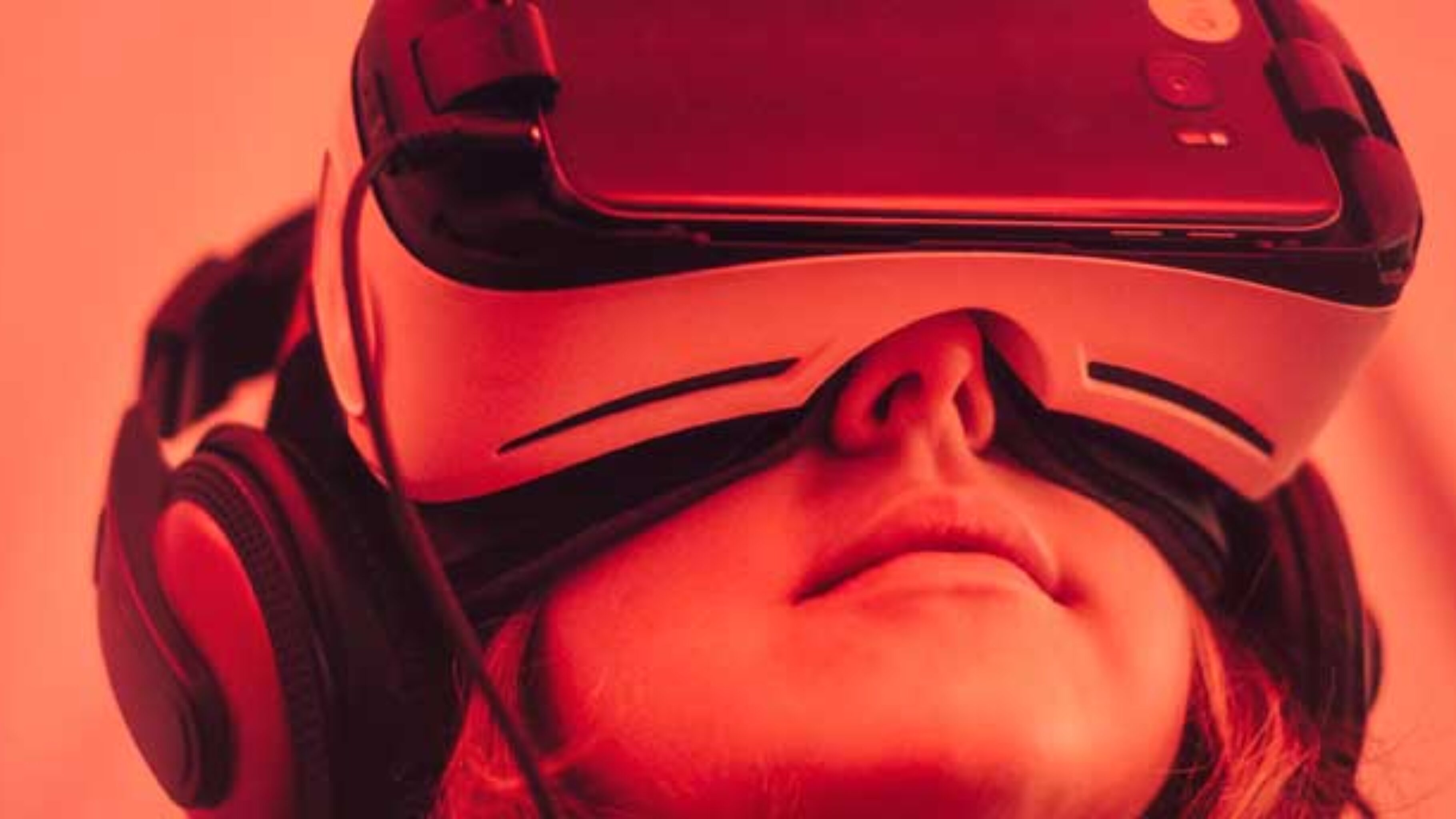Gone are the days when brand experiences could encompass twee promotional efforts such as a free sample at the cold meats counter or a handout in the center of a shopping mall. Brands have moved onto pop-up experiences, which are essentially large-scale events. These brand experiences are sought out by the consumers themselves, rather than thrust upon an unassuming public. Unlike experiential marketing, where the brand brings the party to the consumer, these pop-up experiences sit patiently waiting to attract their targets. So who is doing it well?
Bombay Sapphire
Bombay Sapphire concocted a unique immersive drinking and dining experience in an old stationary train in East London. Customers were invited to explore 10 different locations which were connected in some way to the ingredients that make up a bottle of the world famous gin. Each drink came accompanied by a bespoke dish created by a celebrated chef. The event received incredibly positive press coverage and of course, only ran for a limited time to maintain the air of exclusivity attached to not only the event but the brand itself. The result was a lasting connection between the brand and event attendees, who will no doubt become loyal to the brand and spread some positive word of mouth.
Guinness Storehouse
The Guinness Storehouse is more than just a pop-up immersive brand experience, it has done so well that it is a tourist attraction in its own right. What really stands out about the Guinness Storehouse, is its fantastic tasting rooms. Not only are members of the public invited to taste the beverages, but they are encouraged to do so in an environment which in itself influences how the customer perceives the taste of the Guinness. Environmental factors, reinforce particular qualities in the stout. This is marketing at its manipulative best. Another popular facet of the Storehouse is the chance customers have to see the Guinness in production and get up close and personal with the iconic Irish drink. The Guinness Storehouse attracts over 50% of foreign visitors to Dublin. This brand experience is so much more than just about selling an alcoholic drink, it sells a city to the world.
Sonic
To promote its new line of milkshakes, this US drive-through fast-food chain, jumped on the Coachella music festival bandwagon in a big way. What these guys did was tap into the part that Social Media plays in the Coachella experience. Anything bought on site at the festival is almost always Instagrammed by punters straight away. To save customers the trouble of cropping the photos, Sonic sold the milkshakes in a square shape, that fits the Instagram photo box. They were also available to order on Instagram via the ‘Shop Now’ button. A specially fitted geo-fence allows Sonic to track buyers via GPS and deliver the milkshakes to the consumers wherever they are on the festival site. This is a fun and creative brand experience that brings the product to the consumer via the platforms and public spaces they already occupy. This campaign needless to say raised Sonic’s Social Media profile, with so many consumers not only buying the product via Social but sharing it on Social Media too.
As we’ve seen from the above examples, brand experiences can be hugely successful in the pursuit of attracting new customers and satisfying those already on board. Bombay Sapphire, attracted huge numbers to their events, by conveying the air of exclusivity, in keeping with their brand image. Sonic designed a product intended for Instagram to please their millennial customer base and Guinness not only created a chance for consumers to get up close and personal with their brand, something that pleases their audience but in doing so created a global tourist trap.








